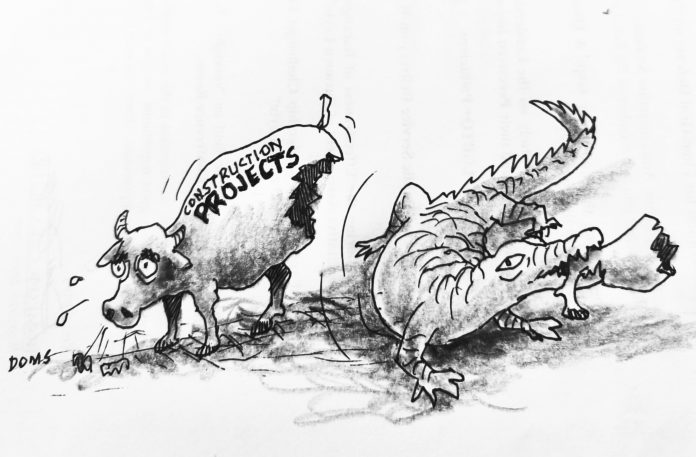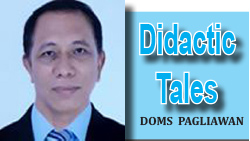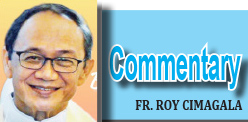
The interview process is a critical juncture, shaping not only the composition of a company’s workforce but also the very foundation of its employer-employee relationships. Too often, interviews become perfunctory exercises, focusing on technical skills and experience rather than delving into the crucial aspects that foster a positive and productive work environment. By shifting the focus from rote question-and-answer sessions to insightful conversations, companies can cultivate a more robust and fulfilling relationship with their employees from day one.
This article explores the power of asking the right interview questions, highlighting strategies to move beyond superficial inquiries and unearth the qualities that contribute to a thriving employer-employee dynamic. We will examine various question categories, provide examples and illustrate how these questions can transform the interview from a transactional process into a meaningful dialogue.
Beyond the Resume: Unveiling Cultural Fit
Traditional interview questions often revolve around past experiences and skills, as documented on a resume. While valuable in some respects, these inquiries do not adequately illuminate a candidate’s personal attributes, working methods, or compatibility with the organization’s ethos.” To address this, consider questions that delve into a candidate’s values, motivations, and preferred work environment.
– Example: “ Describe a time when things didn’t go as planned at work. What steps did you take to turn things around, and how did it shape your approach moving forward?” This question goes beyond simply listing accomplishments and reveals problem-solving skills, resilience, and learning agility.
– Application Tip: Avoid leading questions. Phrase questions neutrally to encourage open-ended responses that provide genuine insights into the candidate’s character.
Assessing Teamwork and Collaboration Effective teamwork is the cornerstone of many successful organizations. Interview questions should assess a candidate’s ability to collaborate, communicate effectively, and contribute positively to a team environment.
– Example: “ We all have those moments where it’s tough to connect with a colleague. Tell me about a time you had to bridge a gap with a team member who was challenging to work with.” This question helps evaluate conflict-resolution skills, adaptability, and the ability to maintain positive working relationships.
– Application Tip: Focus on behavioral questions, prompting candidates to describe past experiences rather than hypothetical scenarios. This provides more reliable indicators of future behavior.
Understanding Motivations and Aspirations
Understanding a candidate’s motivations and career aspirations is crucial for fostering long-term engagement. Questions that explore these aspects can reveal whether a candidate’s goals align with the company’s values and growth opportunities.
– Example: “ What are you hoping to achieve in your career, and what skills or experiences are you looking to gain in this role to help you reach those goals?” This question helps determine if the candidate is genuinely interested in the position and the company’s trajectory.
– Application Tip: Listen attentively to the candidate’s responses, seeking to understand their underlying motivations rather than simply evaluating their answers against a pre-defined checklist.
Gauging Adaptability and Resilience
The ability to adapt to change and bounce back from setbacks is essential in today’s dynamic work environment. Interview questions should assess a candidate’s resilience, flexibility, and ability to thrive in uncertain situations.
– Example: “ Tell me about a time you had to embrace a new technology, process, or strategy at work. How did you approach learning it, and how did you contribute to its successful implementation? How did you manage the transition?” This question allows us to assess whether a candidate can remain calm and resourceful when faced with unexpected challenges, a crucial skill in our fast-paced environment.
– Application Tip: Look for evidence of proactive problem-solving, resourcefulness, and a positive attitude in the face of adversity.
Fostering Open Communication and Feedback
Open communication is paramount for a healthy employer-employee relationship. Interview questions should assess a candidate’s willingness to provide and receive constructive feedback.
– Example: “How do you typically provide feedback to colleagues, and how do you respond to feedback you receive?” This question helps gauge a candidate’s communication style, receptiveness to criticism, and ability to engage in constructive dialogue.
– Application Tip: Evaluate the candidate’s ability to articulate their thoughts clearly and respectfully, both when giving and receiving feedback.
Beyond the Question: Active Listening and Empathy
The interview process is not merely about extracting information; it’s about building rapport and establishing a connection. Active listening and empathy are crucial for creating a positive and welcoming environment.
– Application Tip: Pay attention to both verbal and nonverbal cues. Show genuine interest in the candidate’s responses, and create a space where they feel comfortable sharing their thoughts and experiences honestly.
By incorporating these strategies and question types into the interview process, companies can move beyond superficial assessments and cultivate a more meaningful and productive employer-employee relationship. The right questions can transform the interview from a transactional exercise into a genuine conversation, laying the groundwork for a mutually beneficial and fulfilling partnership. This proactive approach not only improves employee satisfaction and retention but also contributes to a more engaged and productive workforce, ultimately benefiting the company’s overall success.
– – – – – – – – – – – – – – –
If you have any questions or would like to share your thoughts on the column, feel free to send an email to jca.bblueprint@gmail.com. Looking forward to connecting with you!







